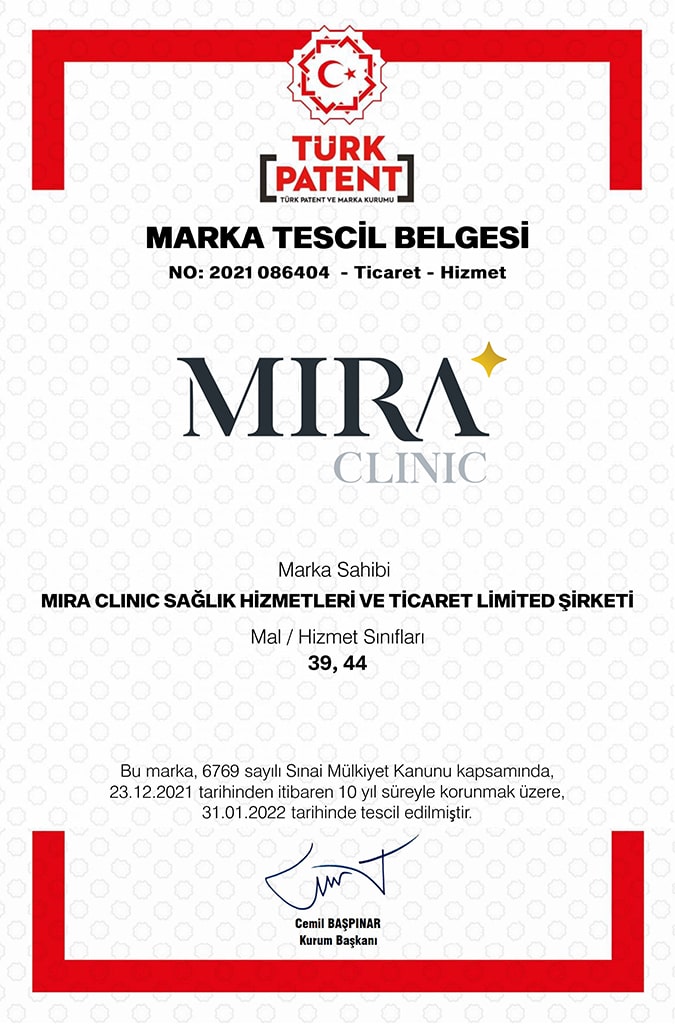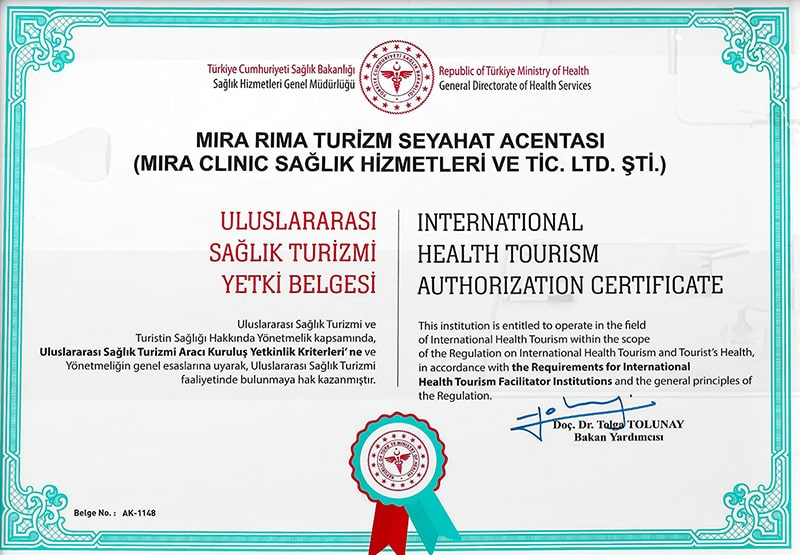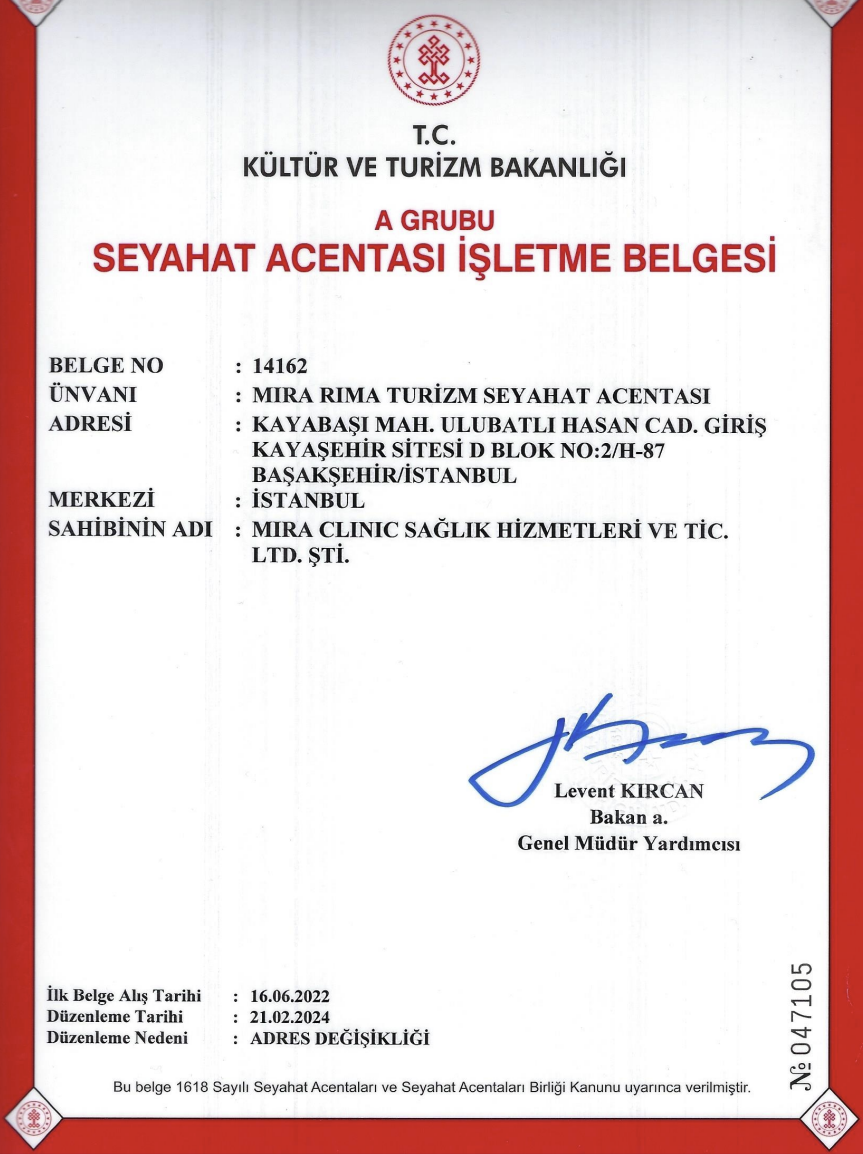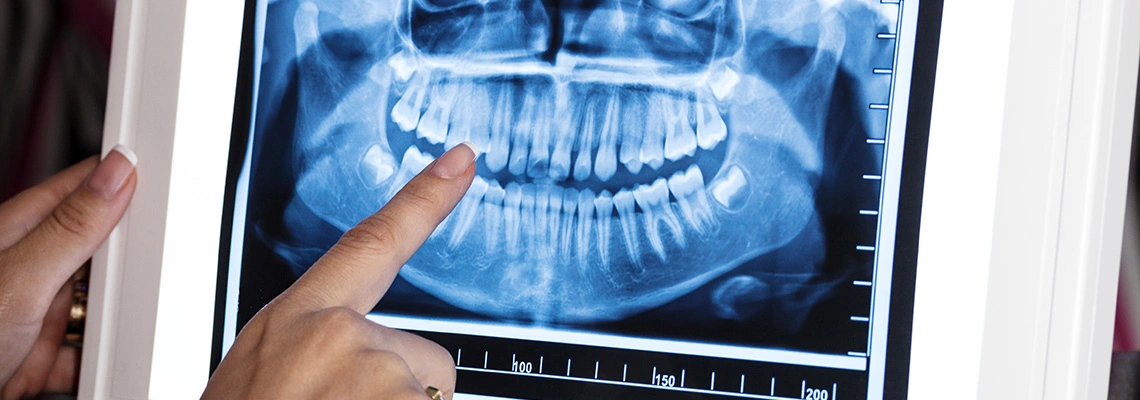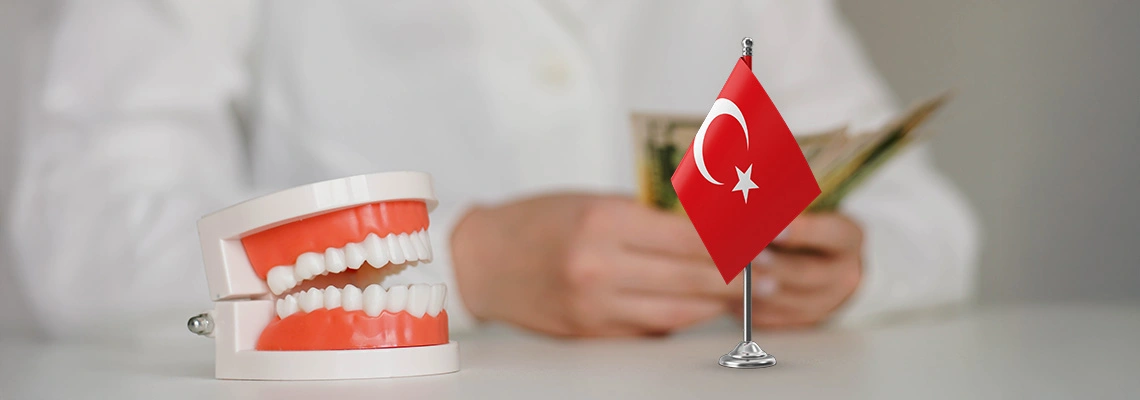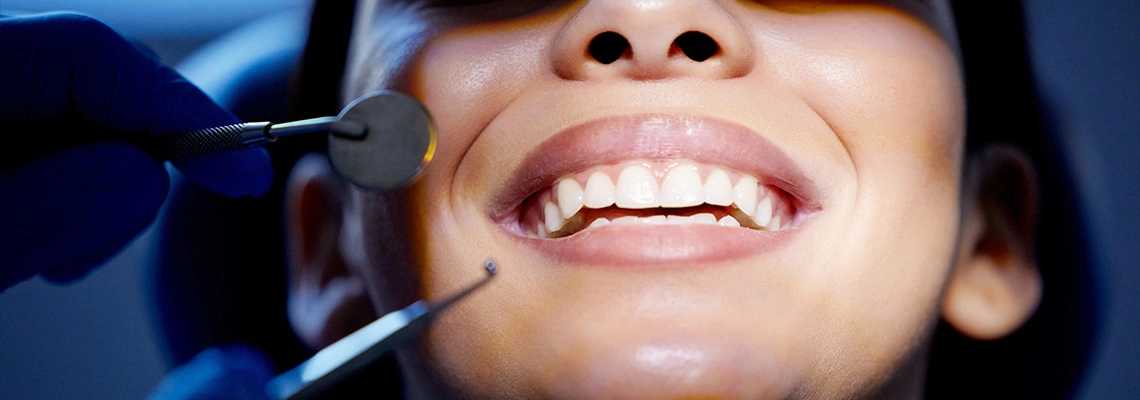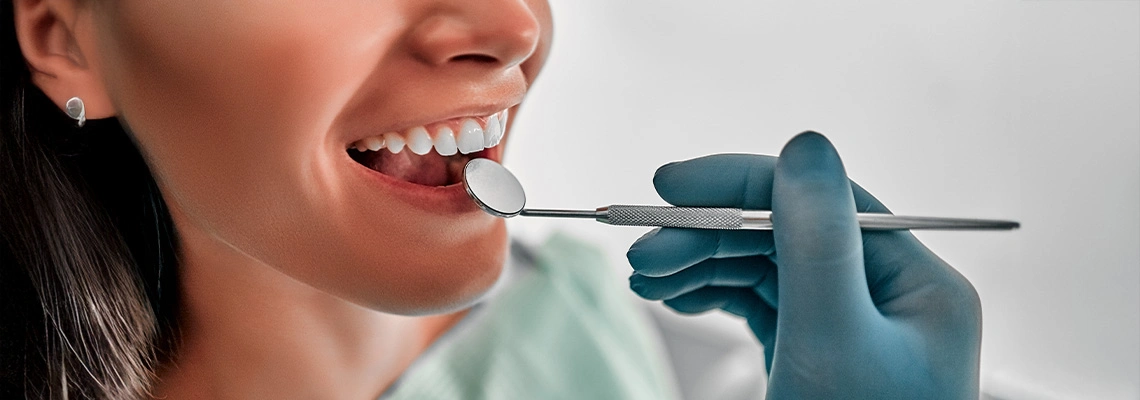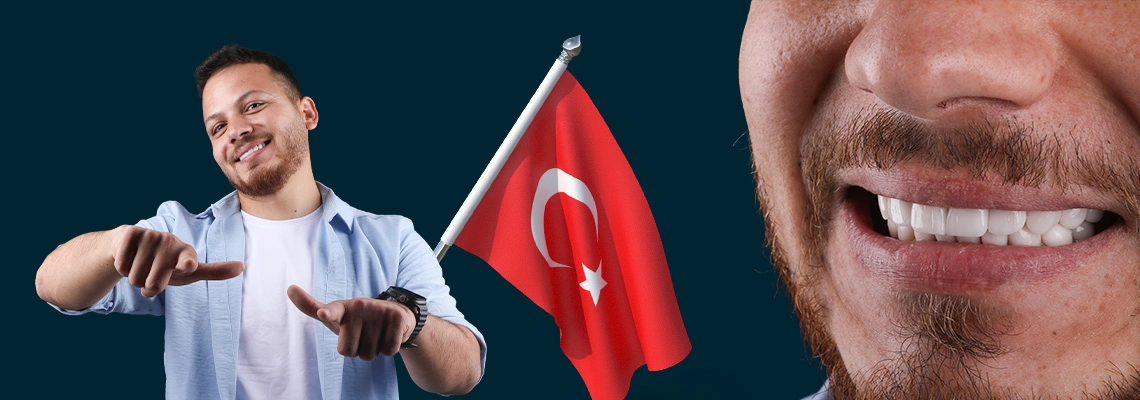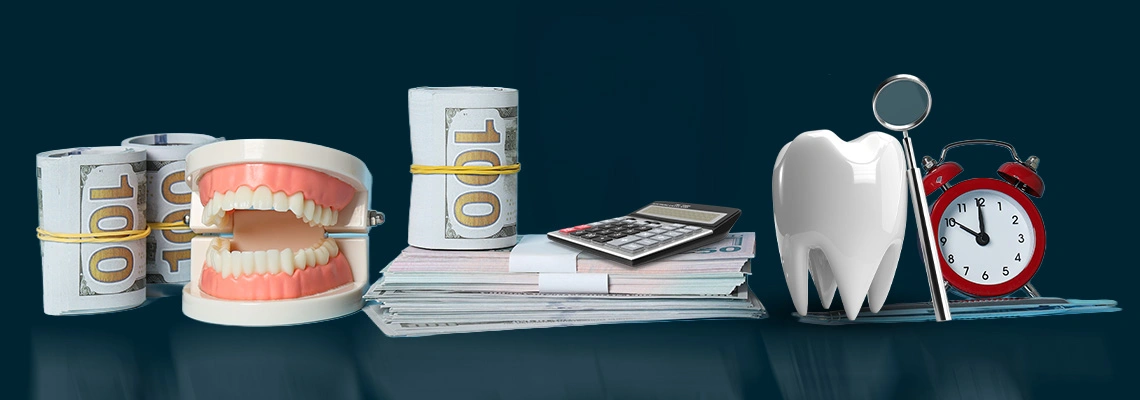Orthodontics is one of the most important dental treatments that require highly specialized skill and great scientific accuracy to perform in the dental clinic. Orthodontics consider one of the broad areas of dentistry that rely on an integrated understanding of the process of jaw growth, the emergence and proper order of teeth, as well as knowledge of the problems and diseases that need to be treated with the latest available tools.
The orthodontist deals with problems resulting from the increase or decrease in the growth of one or both jaws, leading to a malfunction in occlusion as well as problems including a malfunction in the order or alignment of the teeth. The tools and materials used in orthodontics have evolved significantly in recent times to achieve the goal of orthodontics and maintain the integrity of the teeth and surrounding tissues without the need to use external prosthetics requiring the loss of the dental tissue.
The principle of orthodontics :
The idea of ortho treatment is based on the principle that if the teeth are exposed to a proper force, they move in the same direction as this force, so exposing the teeth to a pull force in the right direction restores the correct order and alignment of these teeth.
However, it is important to note that the strength to which the tooth is exposed is highly calculated and gradually increased, as any uncalculated increase in the amount of this force is counterproductive and may cause tooth loss. On the other hand, low power may not be able to move the tooth and therefore no result will be obtained.
After the orthodontics succeed in moving the teeth in the right direction, the new arrangement is strengthened by wearing the teeth retainer for a certain period.
What are the types of orthodontic appliances?
Patients' cases and needs for orthodontic devices vary, leading to the diversity of these devices, the most famous of which are:
-
Fixed orthodontics: Fixed orthodontics is the most widespread and least expensive, consisting mainly of a wire surrounding the teeth and braces that hold the teeth in the wire. The wire is tightened by a certain amount to move the teeth properly. Although this type is effective, some today prefer to replace it with a transparent ortho device for aesthetic purposes.
-
Removable orthodontic devices: Fixed devices are often not used in cases of children so as not to affect the jaw growth process. In this case, mobile devices are the best solution.
-
There are other devices and additional parts that are used in custom cases or when needed such as additional braces, lingual braces, palate expander, and space maintainers.
The importance of orthodontics:
The importance of straightening and modifying the shape of teeth is not only for oral and dental health but also affecting overall physical and psychological health. It increases self-confidence and facilitates oral and dental hygiene.
The early detection and evaluation of any dental or jaw defect saves the patient the trouble of delayed treatment, which may include costly and cumbersome surgery in some cases. Besides, the proper arrangement of teeth contributes significantly to the consistency of facial features and speech integrity.
How long does it take to straighten the teeth?
There is no fixed duration but varies depending on the condition. The treatment may extend from a few months to a few years, but most cases need at least a year to ensure the outcome of the orthodontic treatment.
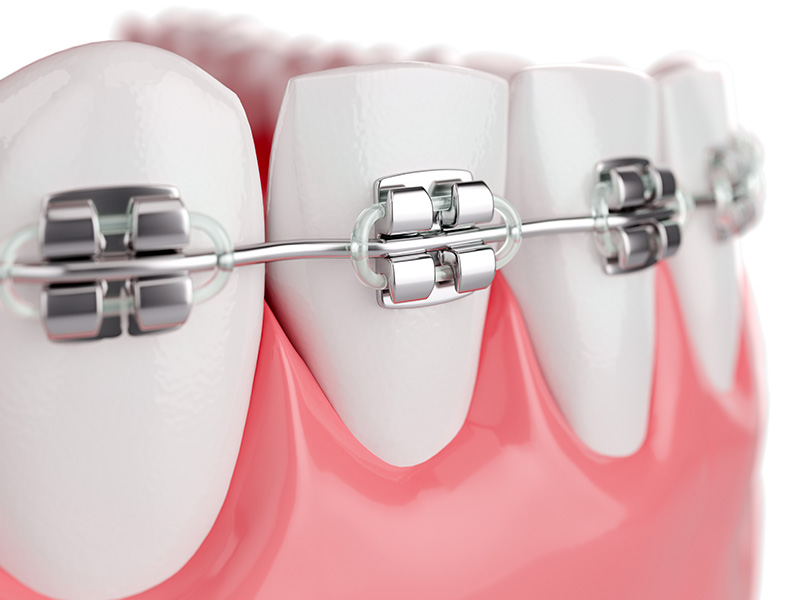
The most important cases treated by orthodontic:
-
Crooked or slanted teeth.
-
Overlapping teeth.
-
Excess distance between the teeth.
-
Incorrect occlusion between the upper and lower jaws.
Orthodontic treatment steps:
-
The most important steps when coming to the dental clinic for orthodontic treatment:
-
Preliminary assessment of the patient's health condition.
-
Comprehensive assessment of dental health and occlusion problems.
-
Development of an appropriate treatment plan in accordance with the patient and the nature of his condition.
-
Choosing the right orthodontic device.
-
Explaining all possible side effects to the patient before starting treatment.
-
Follow-up and periodic examination.
-
Placing teeth retainer after getting the desired result.
Are there side effects of orthodontics?
Like any treatment, orthodontics may involve some unwanted collateral damcalend, which often results from a non-comprehensive diagnosis of the nature of the condition or the use of an inappropriate orthodontic device, and the most important side effects include:
-
Not reaching the desired result.
-
Erosion of the jawbone can cause tooth losing or loss.
-
Aesthetic or psychological effects that some patients may experience during treatment.
